I recently had the pleasure of exploring Portugal’s captivating Alentejo region as a guest of the CVRA, Alentejo’s Regional Winegrowing Commission. Join me as I share my daily adventures in a series of blog posts. I hope you’ll enjoy the journey!
On the second day of our Alentejo media tour, we kicked off with a delightful São Martinho celebration and potluck at Adega Natus Vini, graciously hosted by winemaker Hamilton Reis. The day concluded with our participation in World Amphora Day at Herdade Rocim.
São Martinho Day
Wine has been made in talhas (clay pots) in Alentejo’s for at least 2,000 years!
The classic process is crafting talha wines exquisitely uncomplicated. Foot-trodden grapes are dumped into talhas, ferment spontaneously with ambient yeast, protected by C02. It involves minimal intervention, with the winemaker gently breaking the cap daily to prevent pressure buildup. There is no need for chemical addition, or artificial filtering.
After fermentation, talhas are sealed with olive oil until until a couple of months later on Dia de São Martinho (Saint Martin’s Day – the Sunday closest to Nov 11th), when the “new wine” is deemed ready to drink straight from the clay pot.
São Martinho Day holds profound cultural significance in Alentejo, a region known for its rich traditions and vibrant celebrations. This festive occasion, dedicated to Saint Martin, brings communities together in a joyous celebration marked by the sharing of new wine and chestnuts. As the aroma of roasted chestnuts fills the air, and glasses are raised to toast the freshly fermented “new” wines. It is a spirited expression of Alentejo’s communal warmth and the deep-rooted connection between its people and the land.
Hosted by owner and winemaker Hamilton Reis, we joined the São Martinho Day festivities at Adega Natus, where friends brought wine, food, and the spirit of community and togetherness. Roasted chestnuts added warmth to the convivial atmosphere, making memories as effortlessly as the wine flowed!
Adega Natus Vini
How’s this for love and dedication to the vineyard?
Owner/Winemaker Hamilton Reis acquired the land for his home and cellar in 2008. For a decade, he focused on the meticulous rehabilitation and revitalization of the land, preparing it for an estate vineyard that aligns with his organic/biodynamic, low-intervention, and low-sulfur winemaking ethos.
This boutique winery is located in the foothills of Serra do Mendro, in the Vidigueira sub-region. The vineyard is planted on schist soil.
Reis boasts an illustrious career in Portuguese oenology, having lent his expertise to some of the most prestigious wineries in the Alentejo region. Natus Vini (“Born of Wine”, in Latin). produced its first vintage produced was 2020.
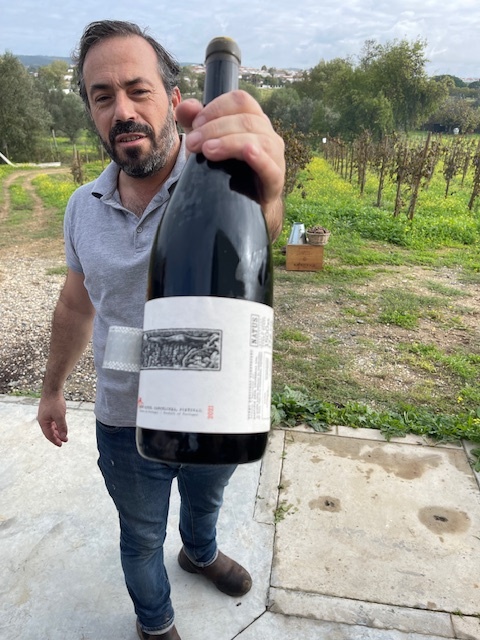
Owner/Winemaker Hamilton Reis of Adega Natus Vini 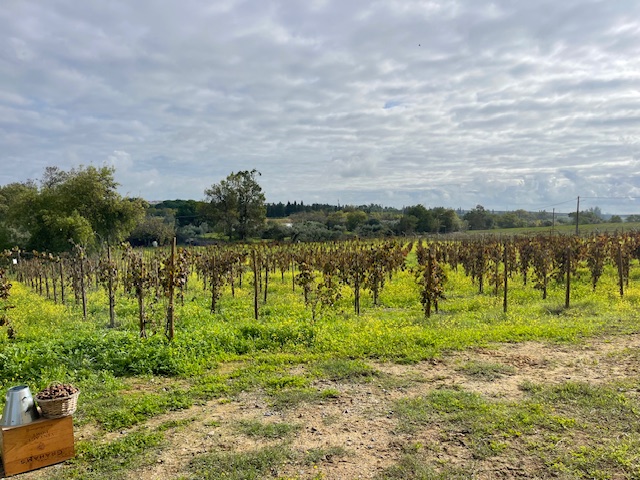
Natus’ estate vineyard planted on schist to indigenous grapes 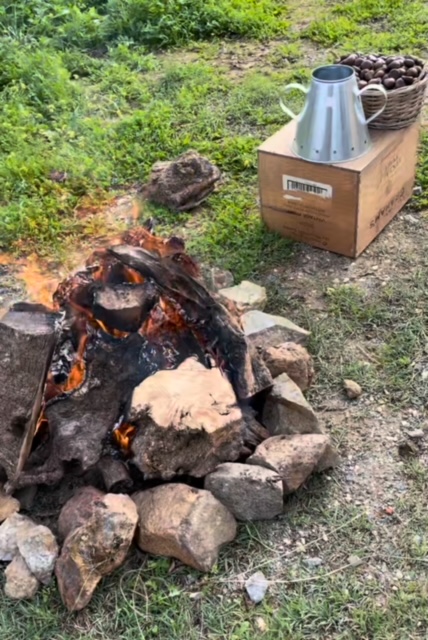
A crackling open fire awaits, ready to transform chestnuts into a savory delights 
19th century talhas in the cellar at Natus Vini
Reis briefly shared this incredible story and, delved into discussions about his wine and winemaking and gave us the opportunity to taste his two wines (tasting notes below).
However, it became evident that his enthusiasm was more inclined towards joining in the São Martinho festivities. I couldn’t blame him, for it quickly dawned on me that these celebrations were less about reporting and more about relishing the opportunity to partake in this remarkable tradition.
Thereafter, it was pen down…glass up for me!
Wines Tasted
Note: I’m providing some insights into the vinification process of these wines to offer you a glimpse of how talhas are employed.
2022 Branco(White) – A traditional field blend composed of Roupeiro, Antão Vaz and Gouveio grapes, this alluring wine offers a vibrant and textured palate thanks to 2 days of skin contact. It featured green apple, stone fruit, subtle spice and mixed citrus notes accented with a very appealing minerality.
Grapes were harvested by hand, then trodden on foot in a wine press for 2 days. Fermented on native yeast, the grapes were pressed and the must was kept in traditional Talhas and used oak barrels, until the end of alcoholic fermentation. The 8-month aging period was carried out in fermentation barrels. certified by Talhas, on total lees, with a slight shake every month. ~2,500 bottles produced 12.5% abv
2021 Tinto(Red) – A blend primarily composed of Trincadeira and Castelão grapes, this wine offers a captivating palate featuring ripe, fresh red and black cherry, pomegranate, dried strawberry, leather, forest floor, and subtle spice notes, accented by a savory undertone.
Grapes were hand-picked and foot trodden for 2 days. At the initialization of the spontaneous fermentation, they were pressed and the must kept in uncoated 19th century clay pots (Talhas) until the end of the alcoholic fermentation. The 12-month aging was made in centenary 600L barrels made of Portuguese oak and chestnut, and 300L used French barrels. ~3,900 bottles produced 13% abv
The consistent theme across these wines is the harmonious blend of vibrant acidity, elegant nuances, and a captivating texture, making them exceptional choices for gastronomic experiences.
World Amphora Day
Thereafter we attended Amphora Day at Heredade do Rocim – a gathering of amphora wine producers from all parts of the globe, including Georgia, the only other country which has a longer unbroken tradition of amphora winemaking.

An amazing roster of clay pot prodcers from around the world! 
The place was PACKED! 
A panel of Amphora producers
The event was wall to wall people, which made it very challenging to try very many wines. There was a better opportunity to taste amphora wines during the panel discussion. It’s worth noting that while ‘amphora’ is commonly used, these vessels were historically employed for transportation during Roman times, not for fermentation. I prefer the term “clay pot”.
Here are a few of my takeaways from the excellent panel discussion:
- Grapes used for clay pot wines are picked sooner
- Clay pot wines are culturally specific. Their shape and how they are used are different depending on the region. Just as it can be said that Champagne is sparkling wine, but not all sparkling wines are Champagne; it is equally true that talhas are clay pots, but not all clay pots are talhas. Talhas are unique to Alentejo as qveri are unique to Georgia
- Clay pots of different sizes and shapes produce different wines from the same grapes
- Clay pot wines by definition are an artisanal product
- It’s important to distinguish between the “pot’ and the “process”. The pot itself adds complexity to the wine via the process of micro-oxygenation (similar to oak barrels with the out the intrusive aromas and flavor associated with wines raised in barrels)
- From a process point of view clay pot make be used for solely as a fermentation vessel, or a vessel to mature the wine or any combination of both.
- Clay pot winemaking is relatively hands-off and gravity driven.
- Clay pots are another tool in a winemaker’s tool box
- Clay pot winemaking is very “natural”
I did have the opportunity to sample some “amphora” wines passed around and discussed during the panel discussion. Here are a few of my favorites:
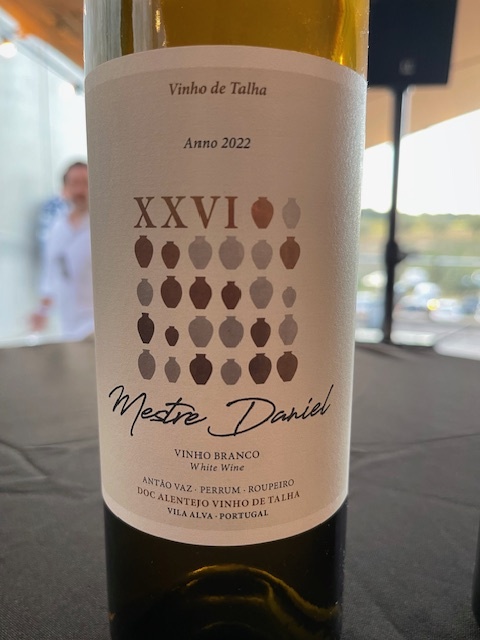
2022 XXVI Talhas Mestre Daniel Branco 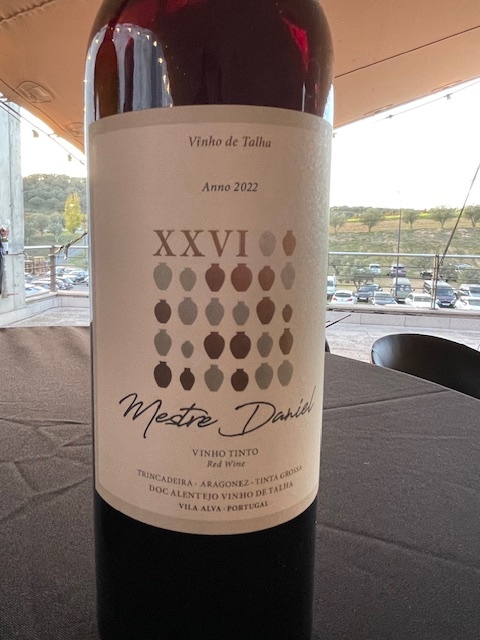
2022 XXVI Talhas Mestre Daniel Tinto 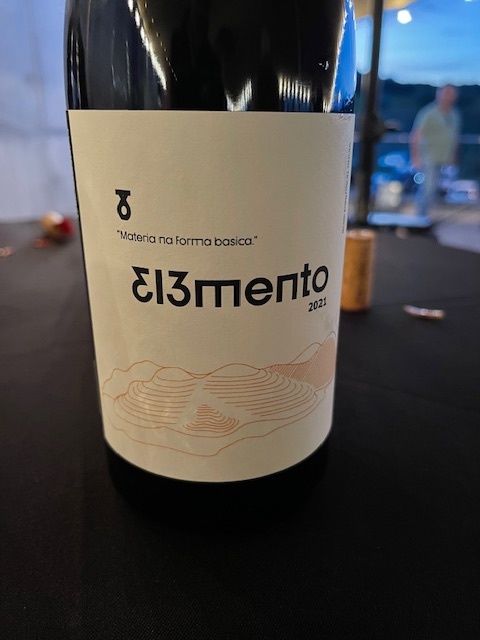
2021 313mento Douro Valley
It was a day filled with memorable wines, that offered a firsthand experience of the rich talha culture in Alentejo!
Thirsty for more? I invite you to explore my additional articles on Alentejo for a deeper dive into this enchanting wine region:
Hw perfect that you were there for São Martinho Day!
Our desire to go to Alentejo increases with every blog post of yours!
What an amazing day! I’m still pinching myself!
I took am still feeling the glow from our trip to Alentejo Jo! Cheers!